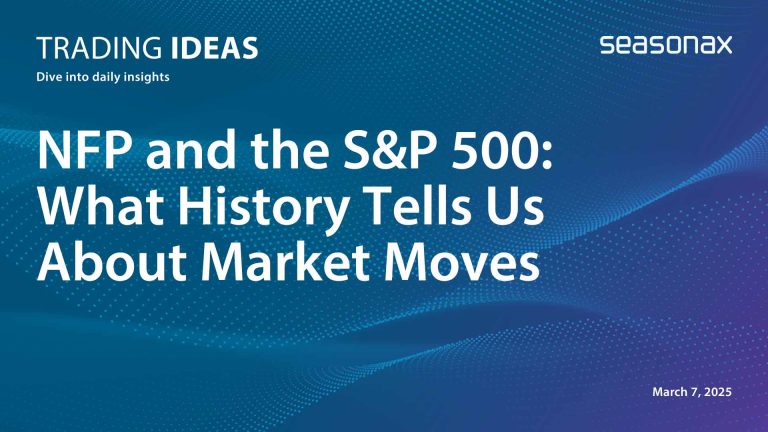Dear Investor,
The seasonally weak period in the S&P 500 Index lies directly ahead!
First let us take a look at a normal seasonal chart of the S&P 500 Index. It has been calculated based on the average returns achieved since 1985 and shows the typical seasonal pattern of the index. The horizontal axis shows the time of the year, the vertical axis the level of the seasonal index.
S&P 500 Index, seasonal trend since 1985

The S&P 500 Index typically starts to decline from September 19 onward
The seasonally weak period from September 19 to October 26 is highlighted in dark blue. In these five weeks the S&P 500 has typically posted a relatively strong seasonal decline. The average loss amounted to 1.87%, which due to the brevity of the time period corresponds to a fairly large annualized loss of 16.96%.
In two years the S&P 500 Index suffered particularly strong slumps
A detailed analysis shows that the performance of the S&P 500 in the seasonally weak period from September 19 to October 26 was actually positive in 18 out of 34 cases, i.e., in the majority of the years under review.
It is striking that in years in which positive returns were posted, the average gain achieved in this time period amounted to 3.10%, while the average loss in losing years amounted to a significantly greater 7.17%.
Thus this seasonally weak period actually contains more rallies than declines – however, the latter were much more pronounced. Let us examine this phenomenon in greater detail.
The bar chart below shows the return of the S&P 500 Index between September 19 and October 26 in every year since 1985. Green bars indicate years in which positive returns were generated, red bars those in which losses were generated.
S&P 500 Index, percentage return generated between 09/19 and 10/26, in every year since 1985

The market crashed on two occasions in this time period!
Now it becomes clear why prices have on average declined in the time period from September 19 to October 26, despite the fact that it actually contained more rallies than declines: there were two extremely severe price slumps, one of 27.60% in the course of the 1987 crash and one of 32.36% in the course of the financial crisis of 2008.
October returns improve significantly when extreme years are excluded
The next seasonal chart shows the seasonal pattern of the S&P 500 Index with the data of the extreme moves recorded in 1987 and 2008 filtered out.
S&P 500 Index, seasonal pattern since 1985, without 1987 and 2008

With the two extreme outlier years excluded, the market’s performance was much better, especially in the month of October
The time period from September 19 to October 26 suddenly looks a lot better. Overall, prices even rise on average if the two extreme outlier years are not taken into account.
This time period is therefore characterized by the fact it contains several extreme price declines – recall in this context the crash of 1929, which also happened in the month of October. On the other hand, such extreme declines are quite rare events, and in most years this particular time period does not stand out at all.
Steadier returns without extreme outlier years
Extremely strong moves do happen in the stock market – this fact has to be taken into account, as it is always possible that such events will recur. However, there are also seasonal patterns such as the year-end rally, or patterns in individual stocks around quarterly earnings reports, which exhibit a far steadier distribution of returns than the S&P 500 Index from September 19 onward.
In practice it often makes sense to focus one’s investment activities on seasonal patterns that exhibit steady distribution characteristics, i.e., on price patterns that exhibit the same directional bias in a very large number of years. On the other hand, investors can for instance also use options to bet on rare, but extremely strong moves if they occur with fairly great frequency in a specific time period. A helpful feature aiding in this task are our data filtering tools at app.seasonax.com or in the Seaonax app at Bloomberg and/or Refinitiv/Thomson Reuters Eikon.


